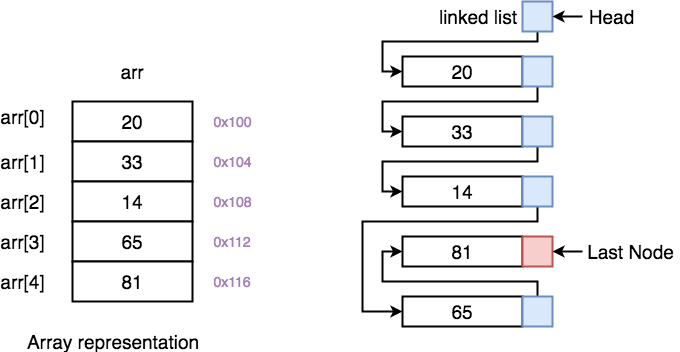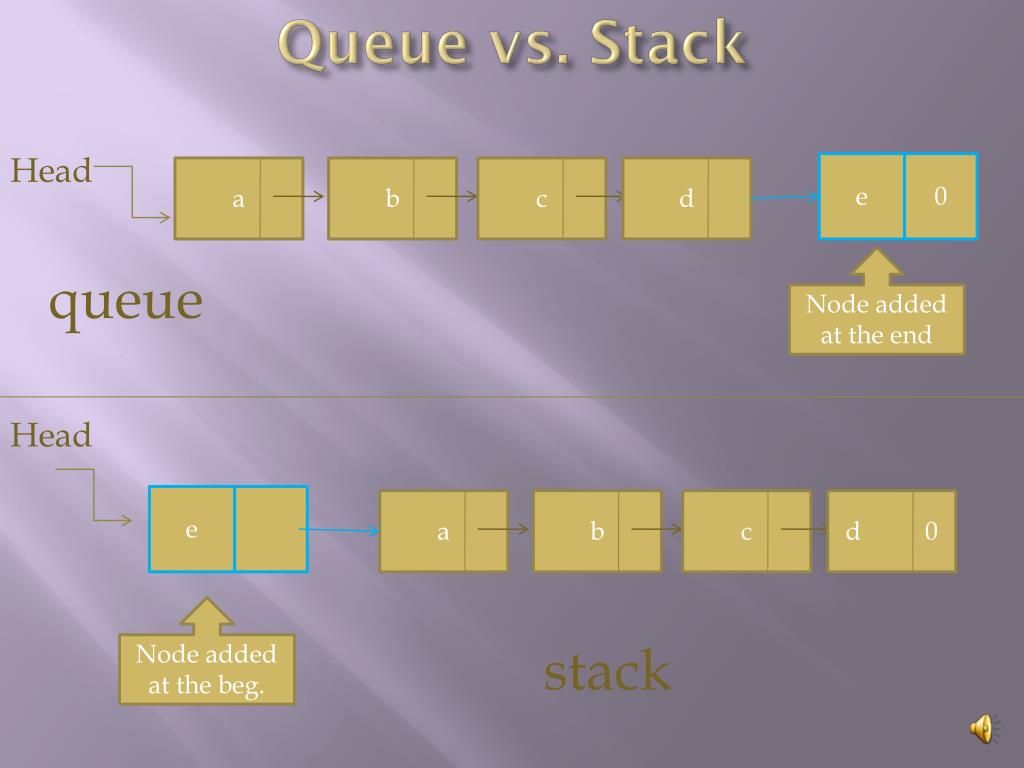

The value of the array is always stored at a place that has been predetermined and is referred to as the array's index.Īrrays are not dynamic objects like stacks rather, their sizes remain constant throughout their use. Stacks adhere to a predetermined order that is known as LIFO, which stands for "last-in-first-out," and this means that the most recently added items are the ones that are removed from the stack first, followed by the item that was put first.Īn array is a form of linear data structure that is always defined as a collection of items that have the same data type. When you push items into a stack, they are added to it, and when you pop them off of a stack, they are removed from it. The two most fundamental actions that may be carried out on a stack are known as push and pop. The objects are placed in such a way that it is only possible to add new items to or remove existing items from one end of the stack, which is referred to as the top of the stack.Ī stack is a type of dynamic data structure whose size is always shifting due to the ongoing addition and removal of items from the stack. What is a Stack?Ī stack is a type of data structure that is similar to a linear list and is represented by a sequential collection of objects.Ī stack can be thought of as a physical stack or pile, in which the items are stacked one on top of the other like a stack of books. Access is the primary differentiating factor between the two options. Using an array instead of a stack is certainly a valid implementation option. If you are using an object-oriented programming language, then "stacks" and "arrays" are the most frequent ways to store data.

Within a single computer programme, we have access to a variety of different ways to store and retrieve information. Data Structures are essentially logical representations of data that are used to store data in an ordered fashion in order to facilitate the execution of a variety of operations on the data.

An empty one cannot be popped further.The storing and arranging of data in a predefined format so that it can be retrieved and modified in efficient ways is one of the many things that you will want to accomplish, and Data Structures are the building blocks that make it possible. The underflow condition checks if there exists any item before popping from the stack. We must implement check conditions to see if we are not adding or deleting elements more than it can maximum support. Overflow and Underflow ConditionsĪ stack may have a limited space depending on the implementation. The peek operation is used to return the first element of the stack without removing the element. The element always gets popped off from the top of the stack. This is used to remove (or pop) an element from the stack. The element always gets added to the top of the current stack items. This is used to add (or push) an element to the stack. The two primary operations in a stack are the push and the pop operations: Push Operation


 0 kommentar(er)
0 kommentar(er)
